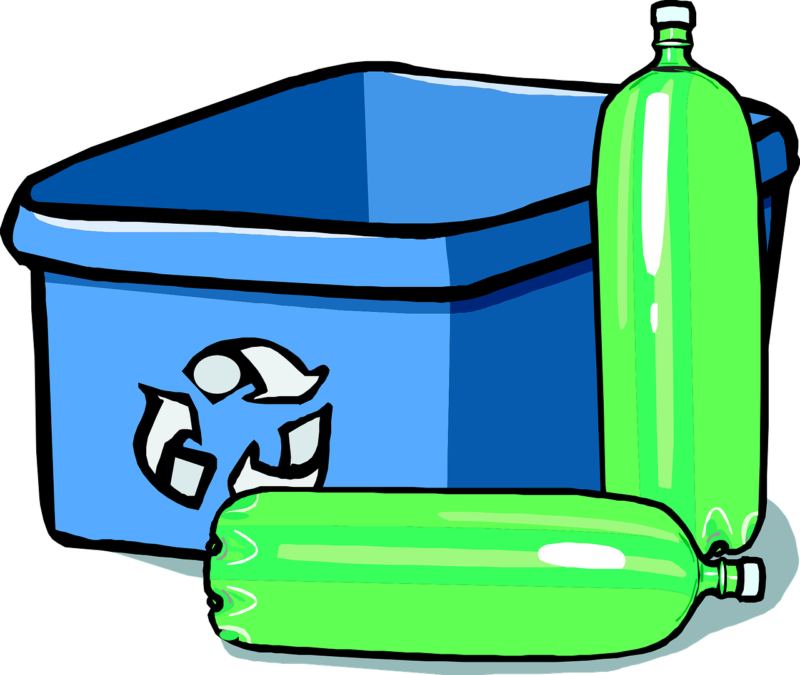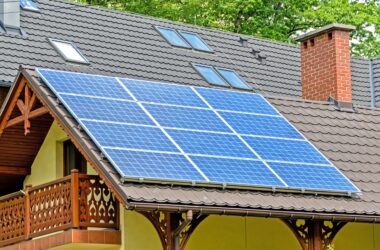Biodegradable Plastic: In today’s world, where environmental concerns are at the forefront of global discussions, the search for eco-friendly alternatives to traditional plastics has gained significant momentum. Biodegradable plastics have emerged as a promising solution to mitigate the harmful impact of non-biodegradable plastics on our planet. In this article, we will delve into the fascinating realm of biodegradable plastics, exploring their composition, benefits, and potential applications.
Table of Contents
- Introduction
- Understanding Biodegradable Plastics
- Types of Biodegradable Plastics
- Biodegradation Process
- Environmental Impact
- Applications of Biodegradable Plastics
- Challenges and Limitations
- Future Prospects
- Biodegradable Plastics vs. Traditional Plastics
- Consumer Awareness and Adoption
- Government Regulations
- The Role of Corporations
- Conclusion
- Frequently Asked Questions (FAQs)
Introduction
Plastics have revolutionized various industries due to their versatility and durability. However, their long-lasting nature has led to environmental concerns, with plastic pollution plaguing our oceans and landscapes. In response to this crisis, biodegradable plastics have emerged as a sustainable alternative.
Understanding Biodegradable Plastics
What are Biodegradable Plastics?
Biodegradable plastics are a class of polymers that can break down naturally into harmless substances under specific environmental conditions. Unlike traditional plastics that persist for centuries, biodegradable plastics offer a much-needed solution to reduce the environmental impact of plastic waste.
How Do They Differ from Conventional Plastics?
The key distinction lies in their ability to decompose. Conventional plastics are derived from petroleum-based sources and resist decomposition, whereas biodegradable plastics are typically derived from renewable resources and can undergo decomposition through natural processes.
Types of Biodegradable Plastics
Biodegradable plastics come in various forms, each with its unique properties and applications.
PLA (Polylactic Acid)
PLA is a biodegradable thermoplastic derived from renewable resources such as corn starch or sugarcane. It is commonly used in food packaging and disposable cutlery.
PHA (Polyhydroxyalkanoates)
PHA is a group of biodegradable polymers synthesized by microorganisms. It finds applications in medical implants and agricultural films.
Starch-Based Bioplastics
Starch-based bioplastics are made from starch combined with other biodegradable polymers. They are often used in single-use bags and disposable tableware.
Biodegradation Process
Biodegradable plastics degrade through the action of microorganisms, moisture, and oxygen, ultimately breaking down into water, carbon dioxide, and organic matter. This natural process minimizes the environmental impact.
Environmental Impact
Reduction of Plastic Pollution
The adoption of biodegradable plastics can significantly reduce plastic pollution, as they do not persist in the environment for prolonged periods.
Lower Carbon Footprint
The production of biodegradable plastics generally results in lower greenhouse gas emissions compared to traditional plastics, contributing to reduced carbon footprints.
Applications of Biodegradable Plastics
Biodegradable plastics have found their way into several industries due to their eco-friendly properties.
Packaging Materials
They are used in food packaging, disposable utensils, and shopping bags, reducing plastic waste.
Agricultural Mulch Films
Biodegradable mulch films help improve soil health and reduce the environmental impact of agriculture.
Medical Devices
Biodegradable polymers are used in the manufacturing of sutures, drug delivery systems, and tissue engineering.
Challenges and Limitations
Cost Considerations
Biodegradable plastics are often more expensive to produce than traditional plastics, which poses economic challenges for widespread adoption.
Recycling Challenges
Recycling biodegradable plastics can be complex, and proper disposal methods are crucial to ensure they biodegrade effectively.
Future Prospects
Research and Development
Ongoing research aims to improve the properties and cost-effectiveness of biodegradable plastics, paving the way for innovative applications.
Market Growth
The biodegradable plastics market is expected to expand as environmental awareness increases and governments implement stricter regulations.
Biodegradable Plastics vs. Traditional Plastics
A comparative analysis reveals the environmental advantages of biodegradable plastics over their non-biodegradable counterparts.
Consumer Awareness and Adoption
Educating consumers about biodegradable plastics’ benefits is essential for their widespread adoption and positive impact on the environment.
Government Regulations
Governments worldwide are enacting regulations to encourage the use of biodegradable plastics and reduce plastic pollution.
The Role of Corporations
Corporations play a pivotal role in adopting sustainable practices and promoting the use of biodegradable plastics in their products.
Conclusion
In conclusion, biodegradable plastics offer a promising solution to the environmental challenges posed by traditional plastics. While they come with challenges, their potential to reduce plastic pollution, lower carbon footprints, and drive sustainability makes them a vital component of a greener future.
Frequently Asked Questions (FAQs)
What exactly makes a plastic biodegradable?
Biodegradable plastics contain polymers derived from renewable sources that break down naturally under specific environmental conditions.
Are biodegradable plastics as durable as traditional plastics?
Biodegradable plastics may not be as durable in all applications, but they are designed to fulfill specific purposes while minimizing their environmental impact.
How long does it take for biodegradable plastics to decompose?
The time for biodegradable plastics to decompose varies depending on factors like composition, environmental conditions, and disposal methods. Generally, it can take several months to a few years.
Can biodegradable plastics be recycled?
Recycling biodegradable plastics can be challenging due to their biodegradable nature. Proper disposal in composting facilities is often recommended.
Are there any downsides to using biodegradable plastics?
One of the main drawbacks is their higher production cost compared to traditional plastics. Additionally, they require specific disposal methods to ensure effective biodegradation.
Incorporating biodegradable plastics into our daily lives can make a significant difference in reducing plastic pollution and protecting our environment. As consumer awareness grows and technology advances, these eco-friendly alternatives are poised










